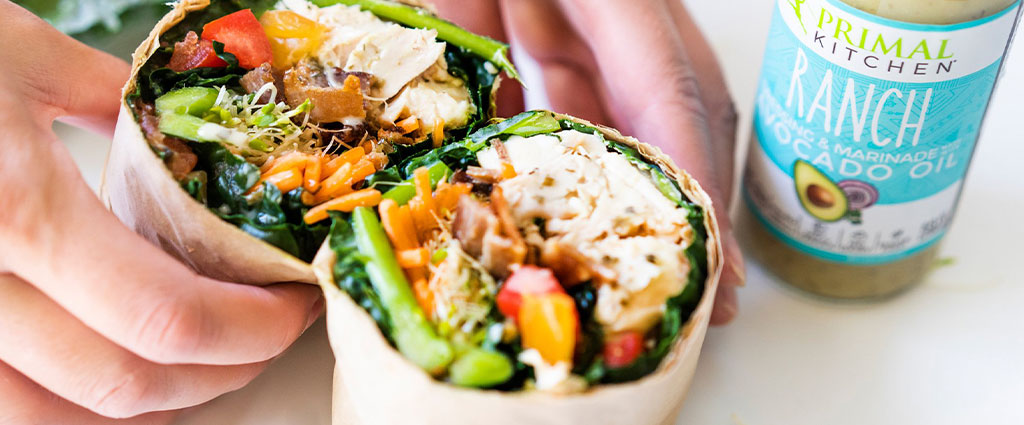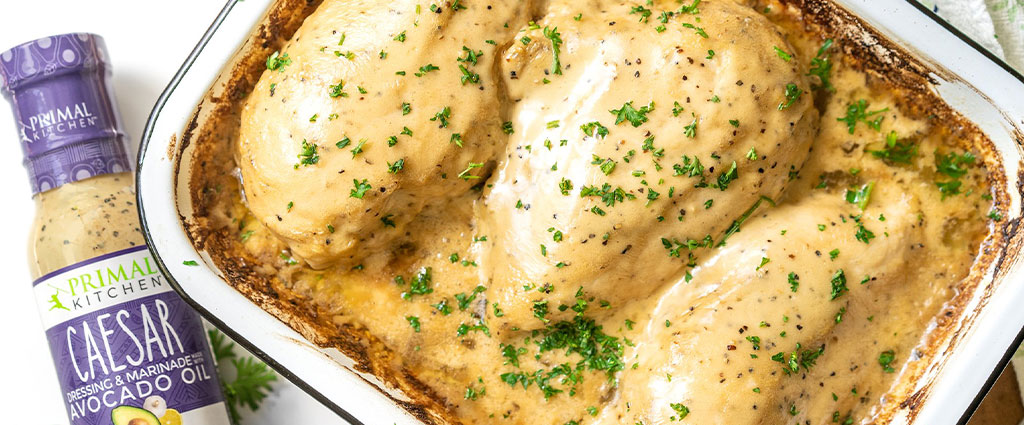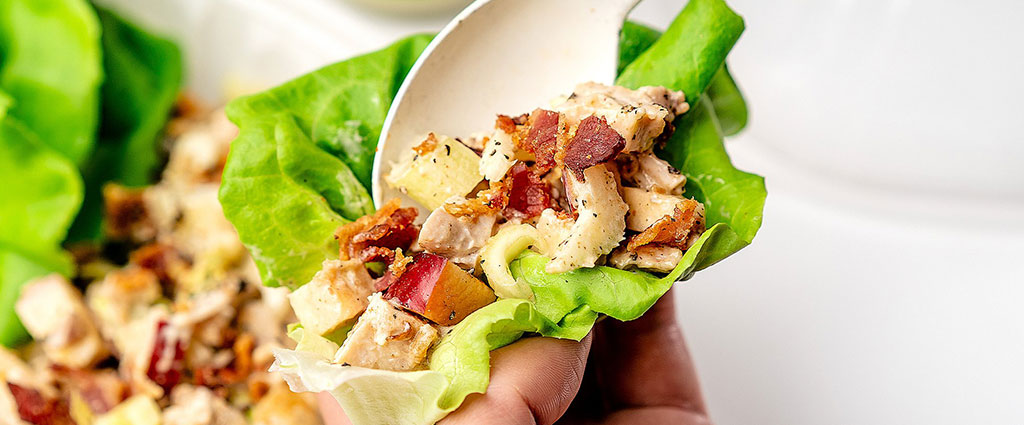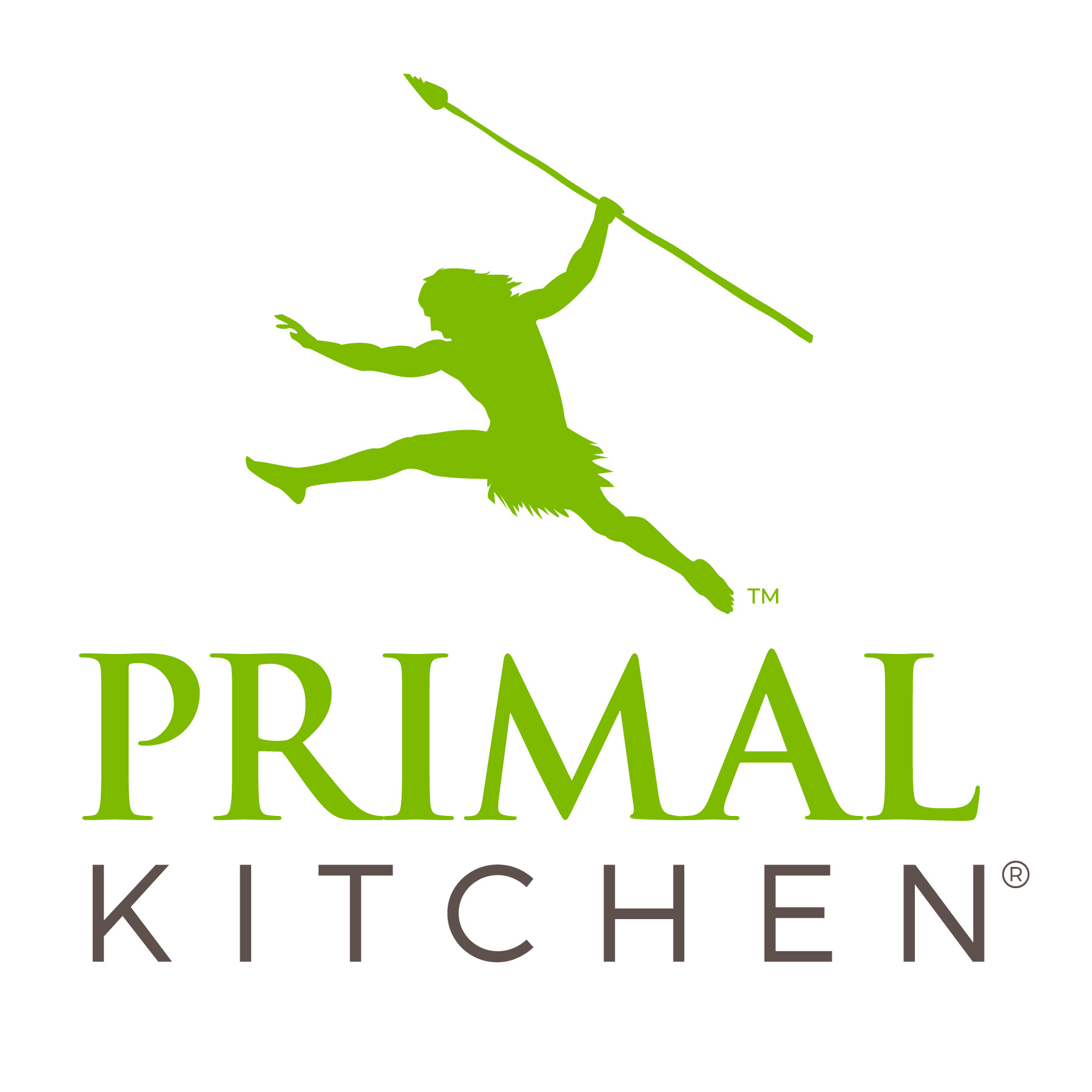High Quality Condiments: A Guide to Reading Food Labels
Can’t live without your condiments? Learn how to spot healthy food labels so you don’t have to.
BY VICKI MARTINEZ
“I never eat food that is boring or bland,” says Mark Sisson, author of several New York Times best-selling health books, including The Keto Reset Diet (Harmony, 2017), and founder of Primal Kitchen. “Life is too short to not enjoy your food!” Sisson, who follows a lower-carb way of eating, is a staunch believer that healthy food can and should be delicious. His number one tip for jazzing up his favorite recipes: add healthy condiments.
To guarantee you’re using the healthiest condiments, it’s best to perfect the art of reading food labels.
Let’s start by looking at ingredients to avoid.
“That’s why I set out to create Primal Kitchen, the world’s best-tasting, real-food pantry staples,” says Sisson. “No processed or artificial ingredients, no refined sugars, partially hydrogenated or trans fats, soybean or canola oils. No artificial flavors, colors, dyes, waxes or chemical preservatives. Just. Real. Food.”









Share this Post